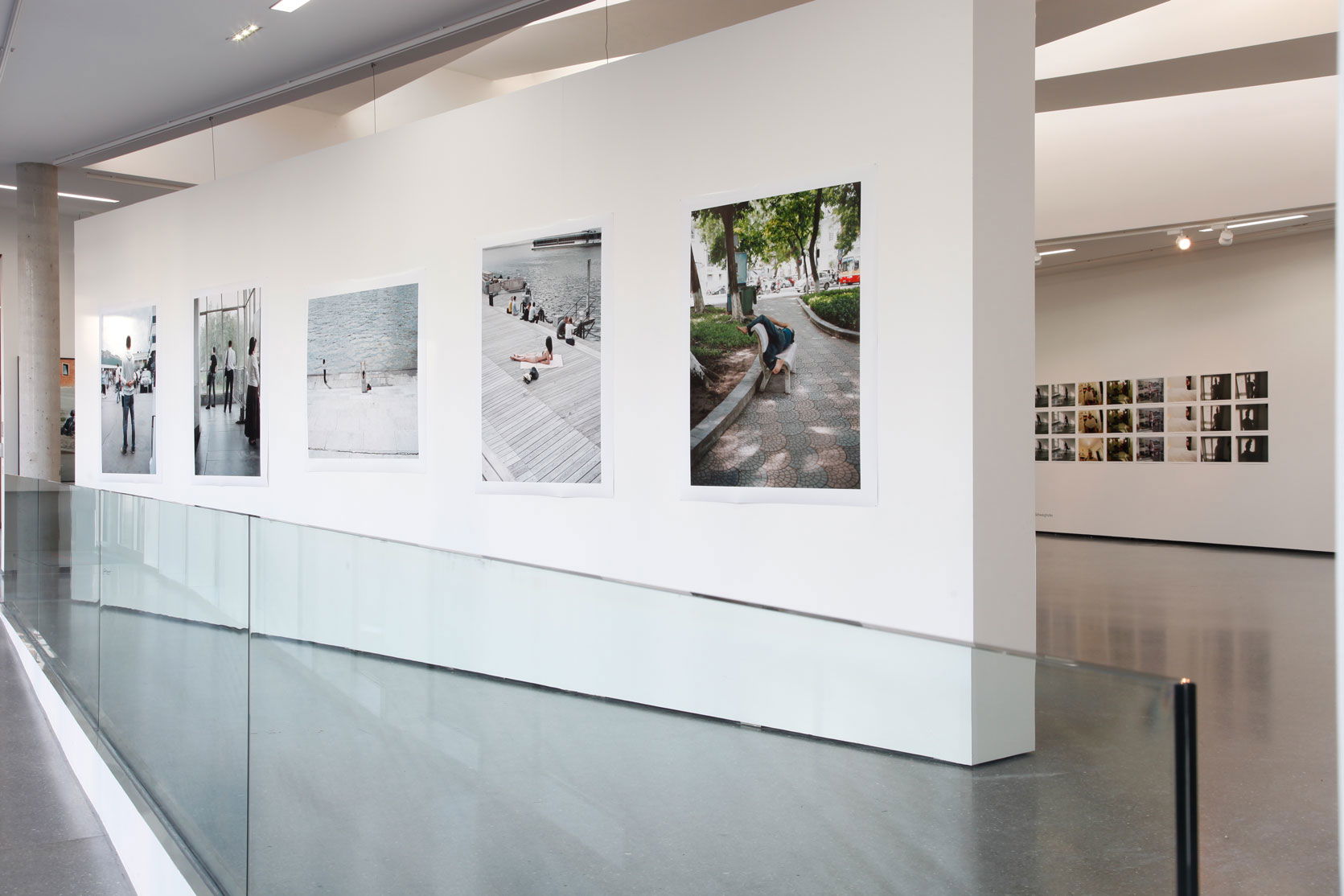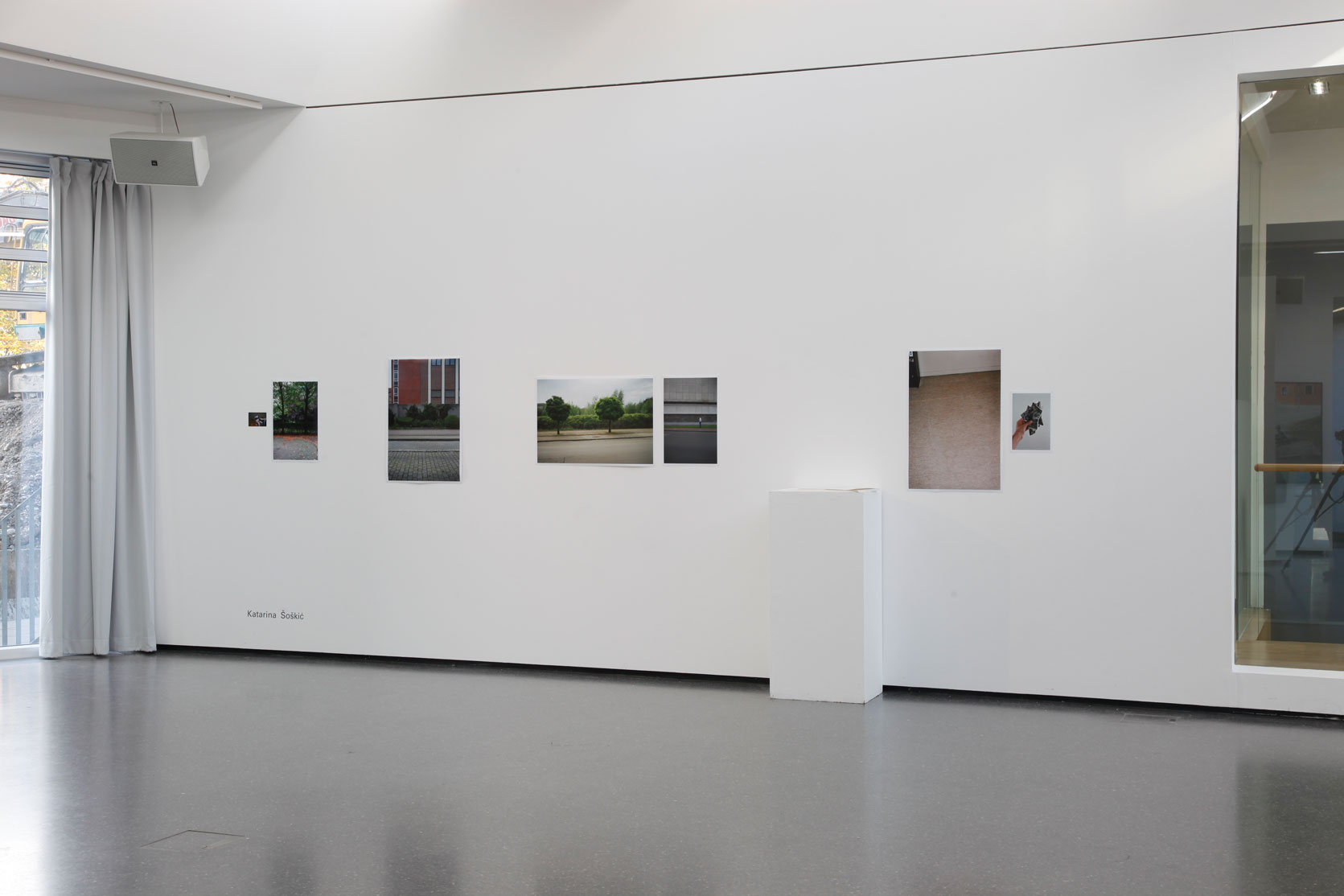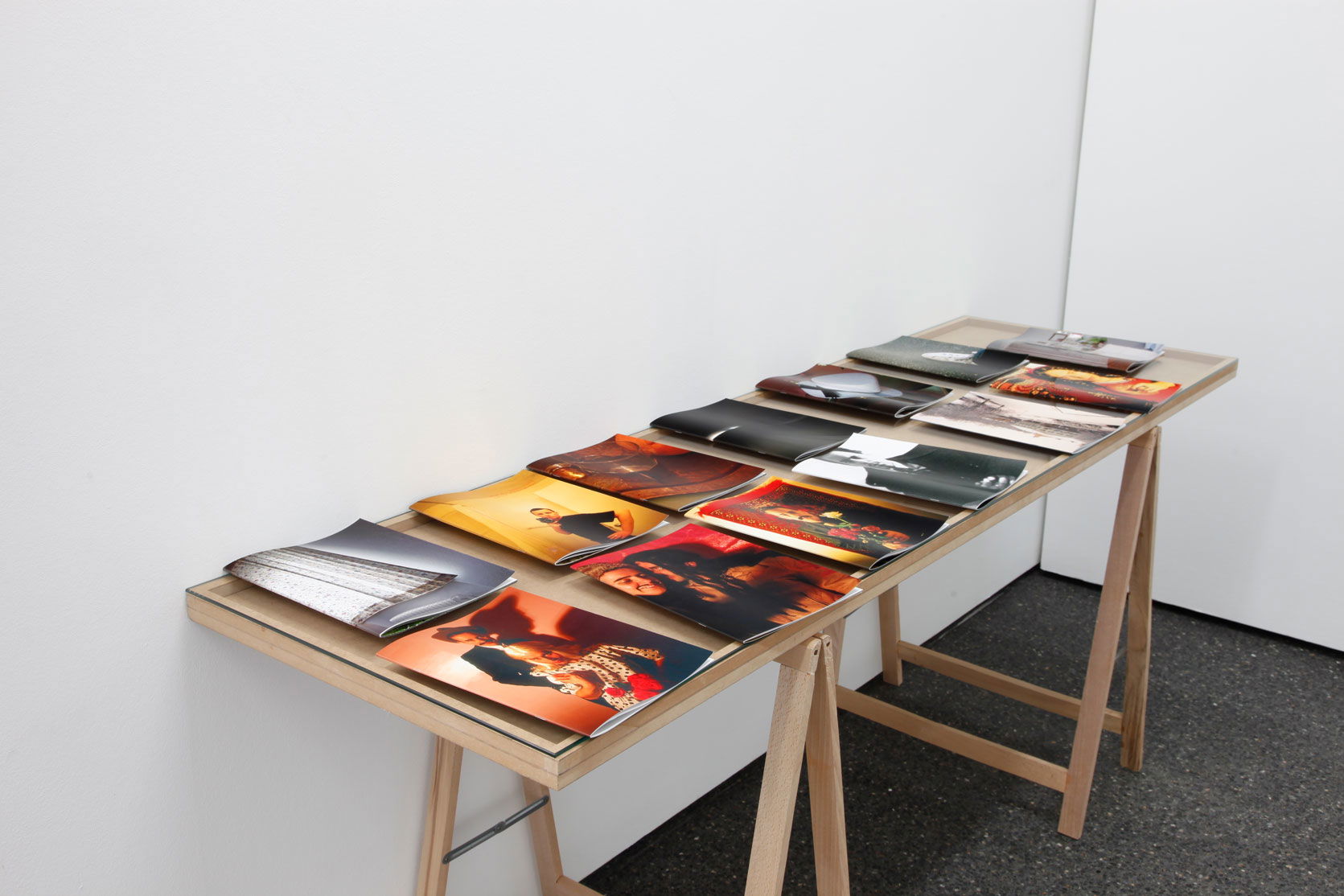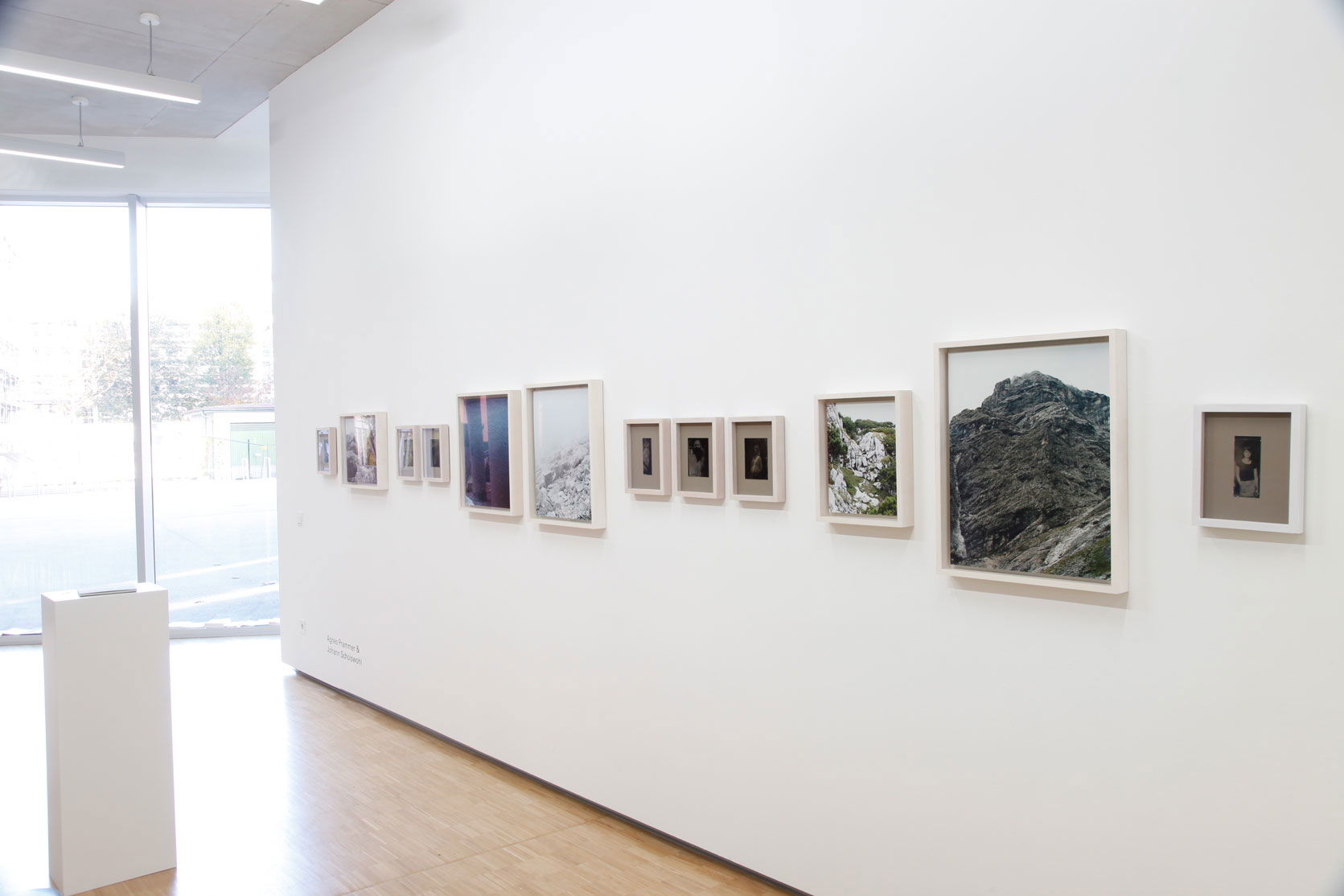Österreichische Fotografie
Agnes Prammer, Thomas Albdorf, Tina Lechner, Christiane Peschek, Johann Schoiswohl, Hanna Putz, Sabine Schwaighofer, Katarina Soskic
Questions of identity, origin, role models, but also media-reflexive investigations of how photographic images are constructed today are addressed in the exhibition. Explicitly documentary or topographical works are deliberately left out of this exhibition and will be presented in a separate exhibition in early 2015.
Katarina Šoškić / Johann Schoiswohl
Autobiographically motivated research occupies Katarina Šoškić and Johann Schoiswohl. Šoškić, who was born in Belgrade and studied at the Angewandte in Vienna, researches members of her family who live widely dispersed in Europe and are partly unknown to her. In this way, she artistically explores the conditions and consequences of her so-called “migration background“. Johann Schoiswohl goes in search of traces in the mountain landscape of the Salzkammergut, where his already deceased parents lived. The images of a landscape become a metaphor for personal history and memories.
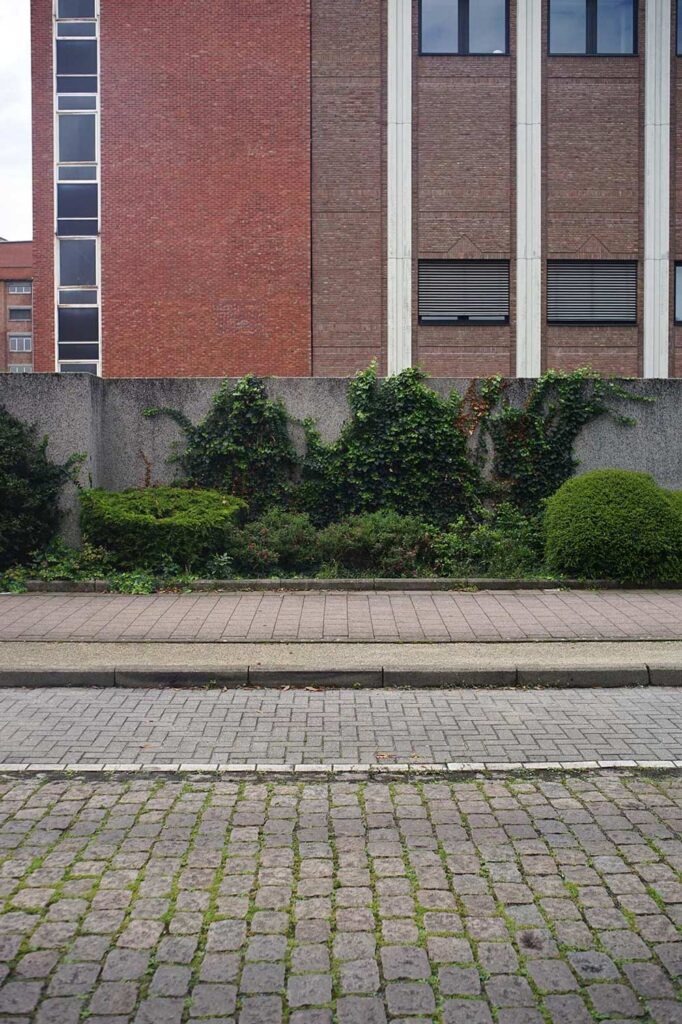
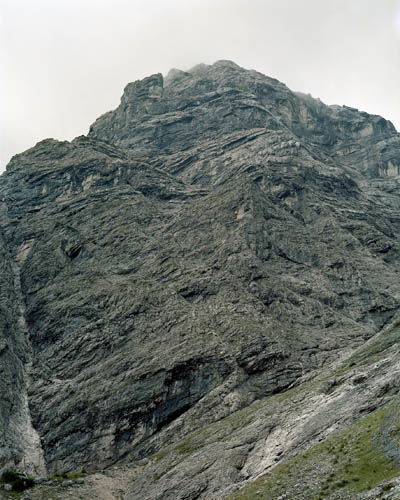
Agnes Prammer
Agnes Prammer has appropriated the ancient photographic process of wet collodion, an early 19th century technique, in order to slow down the act of photographing itself and, at the same time, thereby introduce an additional concentration into the act of portraiture. The fragile process combined with the frozen poses creates a mysterious aura and evokes a memento mori that is fundamentally inscribed in photography. Thus, as a theme, memory and death are combined in the joint work in the artist’s book “Totes Gebirge“, which Prammer produced together with Johann Schoiswohl and will show in a joint wall piece in addition to the book.
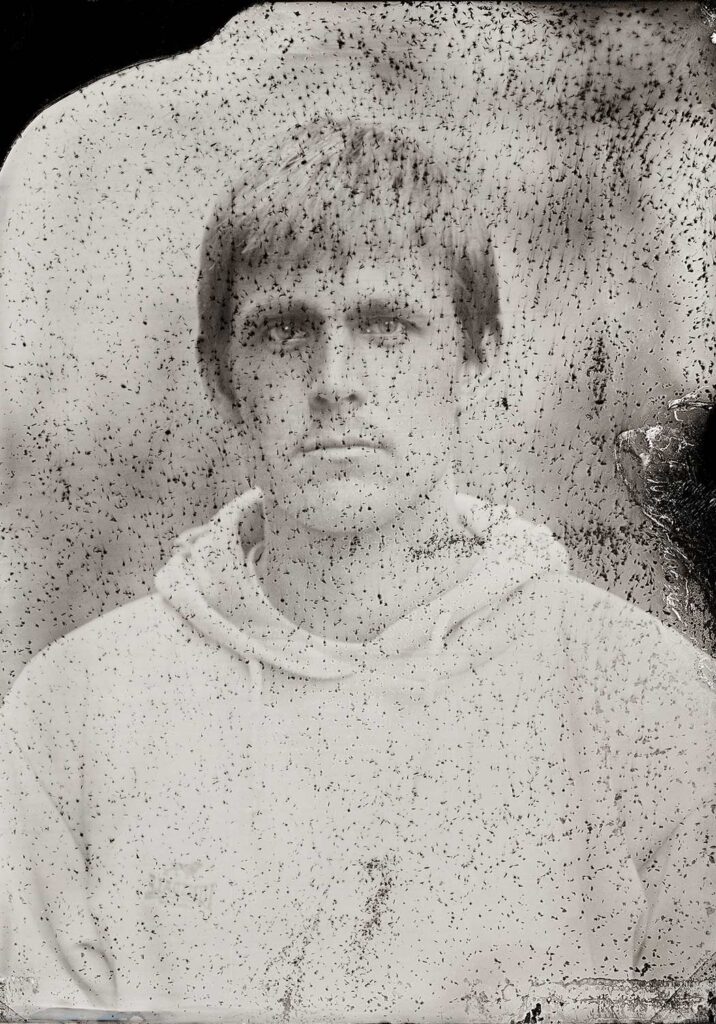
Christiane Peschek / Sabine Schwaighofer
In Christiane Peschek’s and Sabine Schwaighofer’s work, the discussion revolves around role models, which both deal with in an ironically broken and playful way. Peschek’s pictures of mothers are wishful stagings that the children have performed with their mothers. Sabine Schwaighofer accentuates the boundaries between the sexes through forced portrayals of role patterns and blurs them in others at the same time through a sophisticated dissolution of a gender-specific habitus. “Social assignment and construction of being through gender has been a theme since my childhood and reflection on social as well as cultural identity is an important part of my artistic work. I describe my work as an “extended self-portrait“ as well as a “documentary staging“.“ (Sabine Schwaighofer)

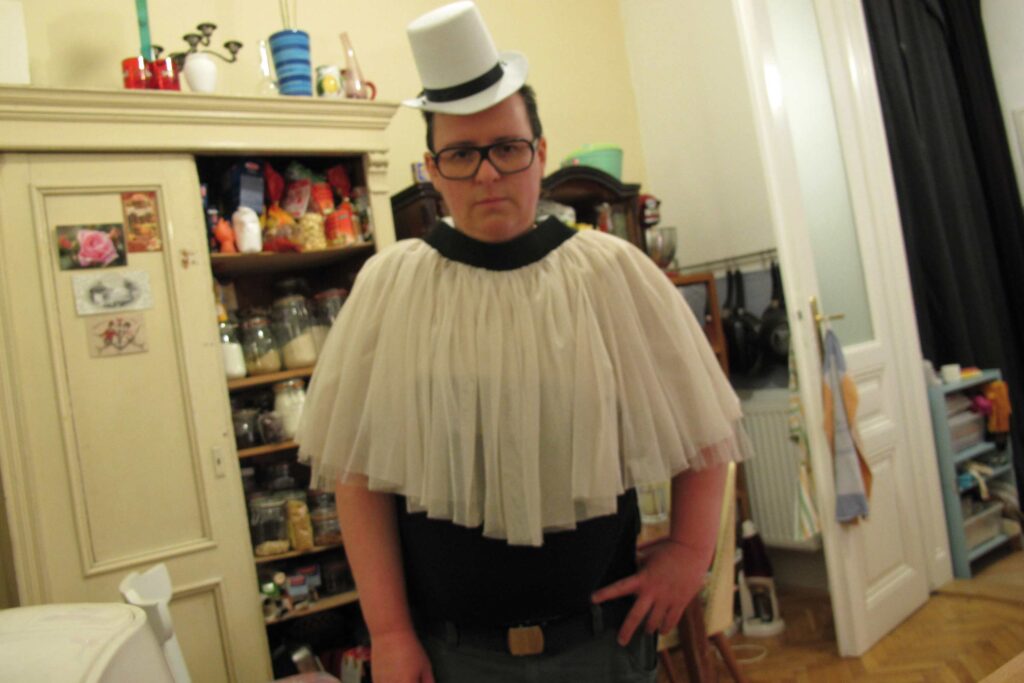
Tina Lechner / Thomas Albdorf
Tina Lechner and Thomas Albdorf open up the medium to sculpture and reflect on the imaging mechanics of the photographic process, whether it happens completely analog or also highly artificial by means of a computer. Albdorf understands photography not as a singular act, as the one moment when the shutter is released, but as a chain of decisions that extends from the object or subject and its staging to post-processing and the final print. The analog negative does not function as a closed photograph, but as a space of possibility allowed by primarily digital post-production, from which an image is created. In the process, the digital production conditions are thematized in the image and remain as visible traces that reveal their origin.

Tina Lechner
Tina Lechner’s consistently analog-produced b&w photographs derive their power from references to classical modernism and the individual materiality of her prints. In her studio, before the portrait sessions, she makes her own props, geometric bodies made of paper, and then applies them to her female models. In this way, they themselves become a kind of object and bearers of an artistic conception that reminds us of pictorial constructs of Surrealism and Constructivism.
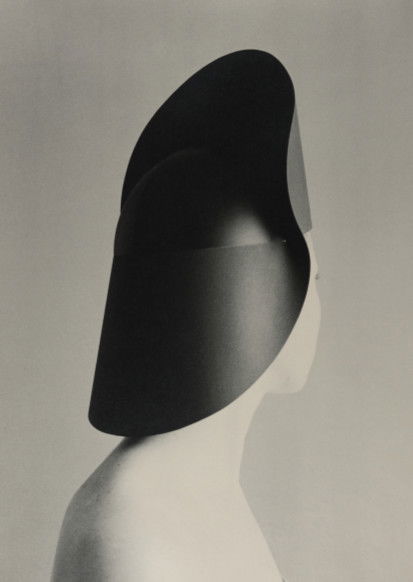
Hanna Putz
Hanna Putz works on individual images that she makes as if casually in public spaces in Austria and while traveling. Her interest in the works exhibited at the Fotohof are people in poses of pausing and being absorbed – counter-images to a permanently alarm-ready online reality. This interest in slowing down, in taking oneself out of the gear, is also reflected in her consciously chosen working technique: Putz relies on the slow process of analog photography with a larger camera, more concentrated in the act of photographing, not immediately verifiable in the result, with a clearer form of editing.




